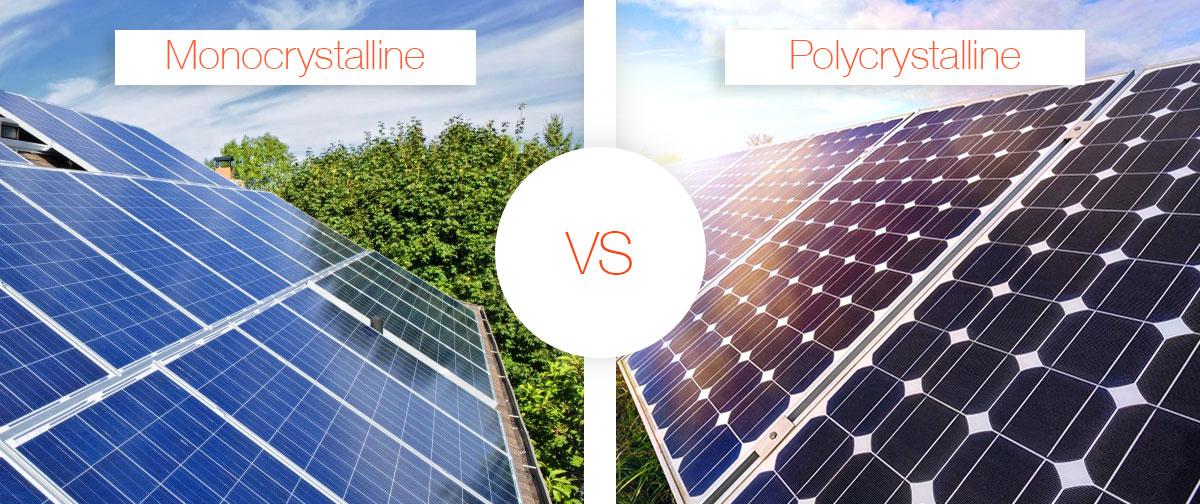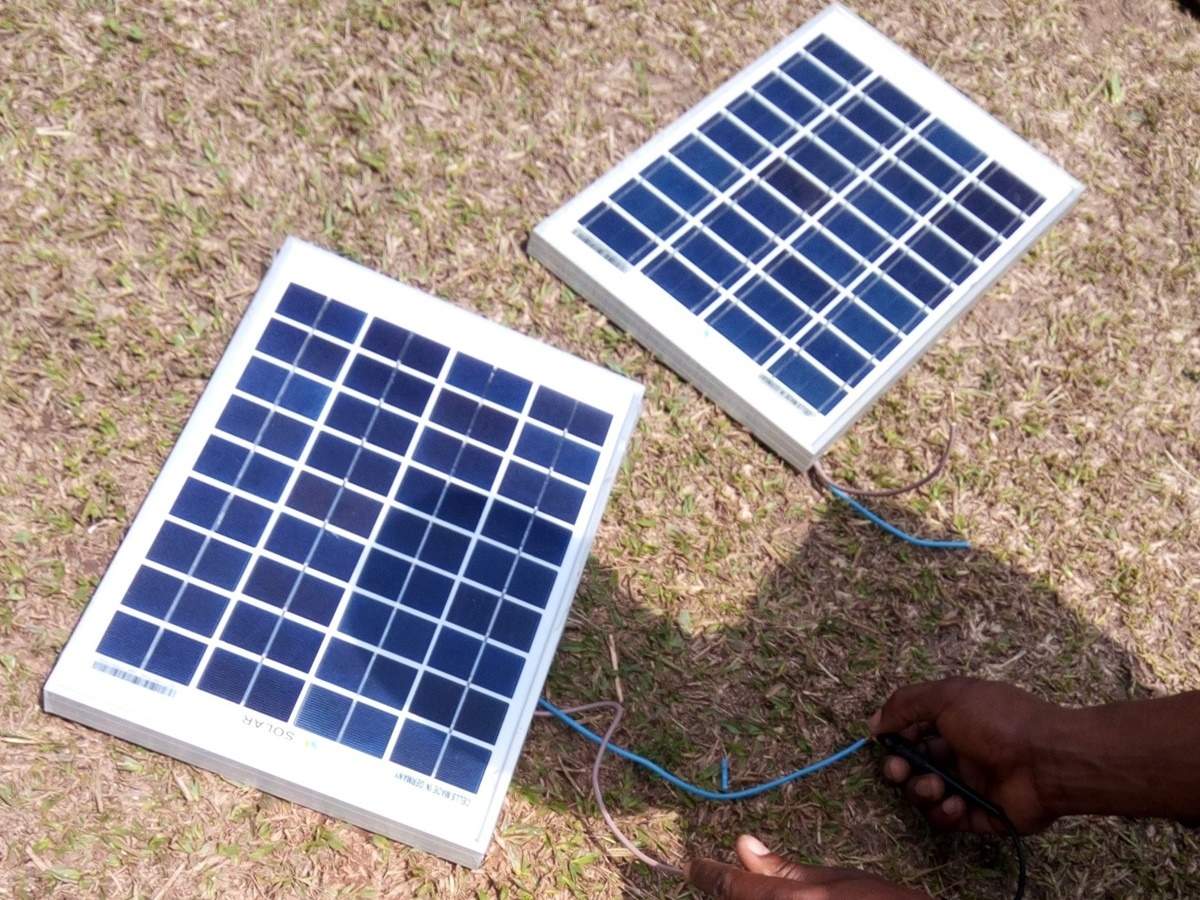Solar panels are made up of many small solar cells and have an efficiency that typically varies between 15% and 22%. They are mostly used for home or small business power generation systems. One 5-kilowatt home solar system needs about 12-20 panels and can produce around per hour of electricity daily. Solar modules are consolidations of solar cells, and they are used in big installations as photovoltaic power plants. A 100-MW solar power plant will produce 150 million kilowatt hours of electricity per year, capable of commercial and industrial applications.
Solar Panels
A solar panel consists of lots and lots of little cells that do the conversion work, turning light into electricity. Semiconductor materials such as silicon form the foundation of their primary operating principle, transforming photons from sunlight into an electrical current. The efficiency of regular solar panels is between 15-22%, and the one developed by this discovery may get to around 25% efficiency. It is this level of efficiency that makes it practical for smaller-scale power generation, hence the popularity among residential users with rooftop solar systems.
Solar From time to time, photovoltaic panels are usually paired with inverters and battery power memory space devices in order that solar may be converted into a full energy-making system. An average 5-kilowatt solar system uses between 12 and twenty solar panels, every of which has a power output threshold starting between two hundred fifty to four hundred watts. These systems can produce 20~30kWh of electricity per day, enough for a typical house (with high-sunshine exposure), and would cost $50 to make at the time in materials.
Smaller stand-alone systems use solar panels extensively to provide energy for water heaters and small outdoor devices from a few watts to kilowatts. Since those scenarios require less power, a single panel is enough to supply all the necessary electricity.
Solar Modules
Solar panels are stand-alone pieces; solar modules, however, include several solar panels in a single system. Solar modules are usually created by connecting several individual solar panels either in series or parallel to make a more powerful generation system. Solar modules are fitted with special encapsulation for weatherproof and dust-proofing allowing it to work efficiently even in operating harshest areas.
Solar modules are widely used in large photovoltaic power stations or commercial and industrial solar energy generation systems. A typical commercial rooftop solar system may include dozens or even hundreds of smaller 300-watt modules that together can produce enough electricity for tens or hundreds of thousands of kilowatt-hours. The modular design enhances the combustion efficiency of the system, besides simplifying installation and maintenance.
Although it is primarily known for its flexibility, this property enables the module type to be perfectly adaptable in a variety of photovoltaic projects. The scalability of modules, from medium-sized commercial buildings to large centralized solar power plants, has seen widespread use globally. In Qinghai province, China, 850 MW of solar electricity from millions of blue cells is delivering non-carbon energy to hundreds of thousands of households.
Differences in Application Scenarios
Solar panels are cost-effective and can be used for residential users and small commercial sites with medium to large-scale power generation needs. Most residential solar systems are between 3 and 5 kilowatts, which can generate anywhere from about 10 to around 30 kilowatt hours of electricity per day, enough for the basic appliances used in an average American home. Solar panels are more manageable and easier to install compared to conventional power systems; their installation cost is lower, and solar panel maintenance is quite simple.
For large-scale photovoltaic projects and commercial applications, solar modules are more commonly used. In industrial parks and commercial buildings, solar modules typically deliver power. Most of these systems are then linked to smart grids for effective power distribution and management. Solar panels are flexible and scalable, so a customer can adjust the number of solar modules according to his real power demand so that he can optimize the self-consumption and cost management process.
Cost and Return Comparison
The installation cost of solar panels is relatively low, making them suitable for small to medium-sized residential or personal users. In the United States, a 5-kilowatt solar system installation costs between $13,000 and $17,000 on average. With government subsidies and tax incentives, the final cost to the user could drop to around $10,000, making solar panels an effective means of saving energy in households. Additionally, users can save between $1,000 and $1,500 annually on electricity bills, with a typical payback period of 5 to 7 years.
In contrast, solar modules require a larger initial investment, but the long-term benefits are more significant. For example, a 100-megawatt solar power plant may require an initial investment of $120 million to $150 million, but it can generate 150 million kilowatt-hours annually, with annual revenue ranging from $6 million to $8 million. Although the upfront cost is higher, modular systems can reduce the cost of electricity generation per unit, with a payback period of approximately 8 to 10 years. Therefore, solar modules are more economically viable for businesses and public projects requiring large-scale power generation.



